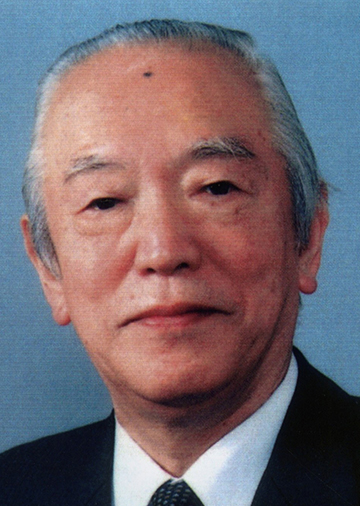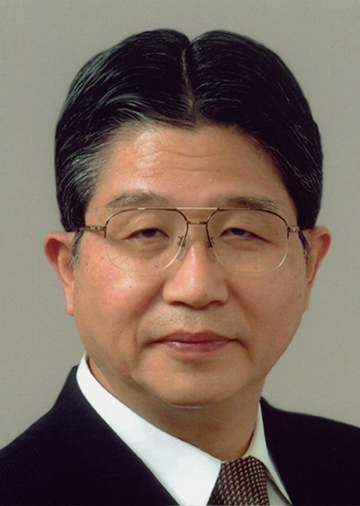

Professor Emeritus, The University of Tokyo

Chairman, Kanagawa Academy of Science and Technology
Our society consumes a huge amount of fossil fuels to provide energy and resources for industrial and economical activities. This has caused various local environmental problems, acidification of the environment on a regional scale and finally global warming and other effects. There is also concern over the prospect that fossil fuels will eventually be exhausted. Innovation in chemistry and in chemical technology for the production of environmentally benign materials and processes, which significantly contribute to the improvement of the environment, is therefore strongly to be desired to realize the sustainable development of society.
Dr. Honda and Dr. Fujishima reported in 1971 that by irradiating a single crystal titanium dioxide (TiO2) electrode connected with a platinum black electrode, using a light of higher energy than the band-gap energy of TiO2, they were able to bring about the splitting of water into hydrogen and oxygen. This reaction is considered similar to photosynthesis, and thus the possibility of construction of artificial photosynthetic systems and the possibility of conversion of solar light into chemical energy that is, hydrogen as a clean energy have been suggested. Since that time, intensive research has been conducted on photoelectrochemistry and photochemical diodes. Most published papers by other experts have cited the 1971 paper by Dr. Honda and Dr. Fujishima. In other words, this is a milestone paper and a major watershed in studies of metal oxide catalysis, as it is affected by light activation.
While more research into chemical solar energy conversion has been carried out, it has been demonstrated that the strong oxidative power of TiO2 can be used to decompose environmental pollutants, bacteria and other substances. Dr. Fujishima elucidated the mechanism of oxidative decomposition of pollutants and bacteria under extremely low-intensity UV illumination. Furthermore, he developed methods for preparation of new photocatalytic materials such as thin film TiO2 coated glass and other supporting materials. Under illumination with solar light or using artificial lights, the TiO2 coated glass, tile, stainless steel and other materials with a self-cleaning function are being applied to windows and mirrors of automobiles, to glass covers of fluorescent lamps used for lighting traffic tunnels, to antibacterial tiles in hospitals, and to outer walls of tents and buildings.
Dr. Honda and Dr. Fujishima have provided us with a basis for reaching one of the ultimate goals of science and technology, that is, the conversion of solar energy to chemical materials and energy such as hydrogen from photosplitting of water. Furthermore, the development of the self-cleaning coatings of TiO2 on a variety of surfaces exposed to the ambient environment has been a strong driving force to produce a new industry of photocatalysist. These two scientists have made large contributions to "Chemical Technology for the Environment" for the conservation of the global environment and the sustainable development of society. Therefore, Dr. Honda and Dr. Fujishima deserve the 2004 Japan Prize.